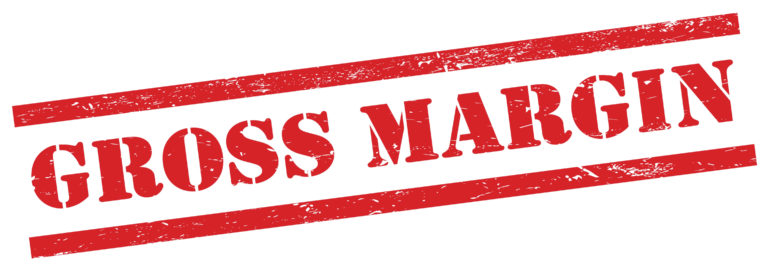
Gross margin isn’t just a financial metric—it’s a strategic lens. It reveals how much value you retain after delivering your product or service, and it’s often misunderstood or oversimplified. Whether you’re modeling beverage distribution, advising nonprofits, or scaling a service business, gross margin is the foundation of sustainable growth.
What Is Gross Margin?
Gross margin measures the percentage of revenue left after subtracting the cost of goods sold (COGS). It tells you how efficiently your core offering generates profit before overhead, marketing, or administrative costs.
Formula:
Gross Margin = (Revenue – COGS) / Revenue
Expressed as a percentage, it shows how much of each dollar earned is retained to fund operations and growth.
Why Gross Margin Matters
- Portfolio Strategy: High-margin products fund innovation and absorb risk.
- Pricing Power: Strong margins signal pricing strength and customer value.
- Operational Clarity: Margin trends reveal inefficiencies in sourcing, production, or service delivery.
- Board-Level Insight: For nonprofits, margin clarity helps align mission with financial sustainability.
Strategic Questions to Ask
- Are we segmenting margin by product, channel, or geography?
- How does margin vary across customer types or order sizes?
- Are we factoring in discounts, returns, or freight costs accurately?
- What’s our margin trend over time—and what’s driving it?
How to Use Gross Margin Strategically
Gross margin isn’t static—it’s a lever. Use it to:
- Prioritize high-margin segments in your go-to-market strategy
- Model breakeven scenarios and investment thresholds
- Align pricing with perceived value and cost structure
- Educate boards and teams on sustainable growth mechanics
Final Thought
Gross margin is more than a spreadsheet line—it’s a strategic signal. It tells you whether your business model is working, whether your pricing reflects your value, and whether your operations are built to scale. Leaders who understand margin don’t just chase revenue—they build resilience.
Want to explore how margin modeling can sharpen your strategy? Let’s connect.
This post is part of the Behind the Metrics series.
Explore others on CAC, LTV, ROAS, Conversion Rate, ROI, and Churn Rate.